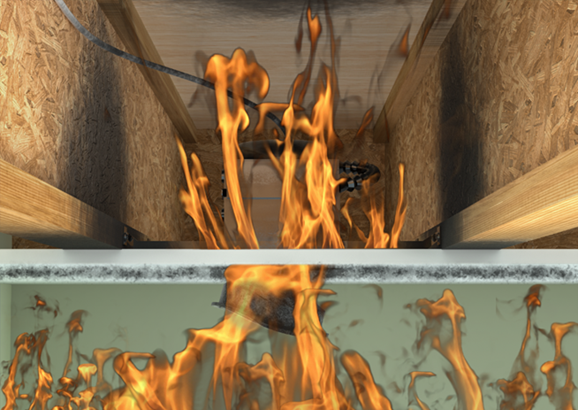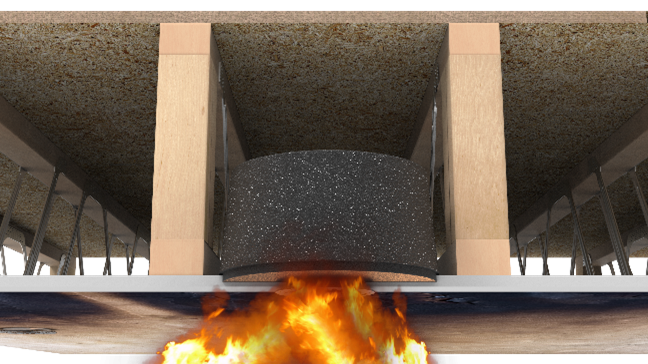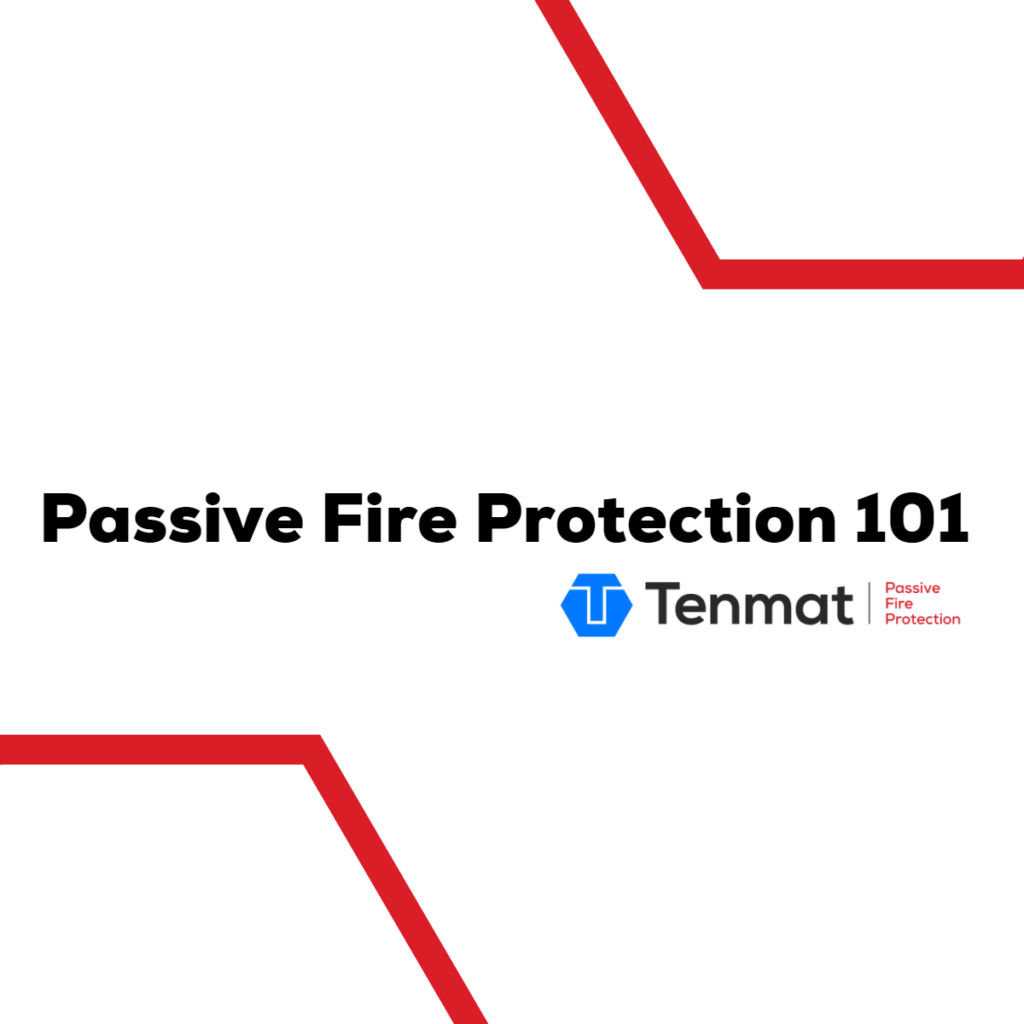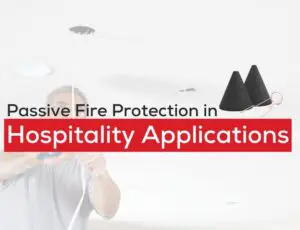Don’t Fail Building Inspections
Knowledge about the regulations regarding recessed lights in fire-resistance-rated ceilings can help avoid costly mistakes and legal actions. There seems to be a great deal of confusion about what exactly fire-resistance-rating means, where it is applicable, and the solutions available to meet the building code requirements.
The widespread adoption and understanding of codes requiring continuity of fire-resistance-rated assemblies throughout the world has made this subject more and more relevant to contractors, builders, code officials, architects, building owners and managers, and homeowners. But instead of decreasing confusion over the issue, continuous changes in state code adoption legislation and increased demand for fire-resistance-rated, code compliant products and systems have far outpaced the availability of education on the topic.
What does fire-resistance-rating actually mean?
A fire-resistance-rating typically states the duration for which a building element or an assemblage of materials can withstand a standard fire-resistance exposure test. A fire-resistance-rating is usually given to an assembly consisting of various building materials that can resist the exposure of a standardized fire exposure for a set amount of time, or it may contain a variety of other criteria involving other evidence of functionality or fitness for purpose. 
Fire-resistance-ratings were developed to evaluate the performance of building elements and assemblies during an intense fire exposure and can be applied to wall, floor, or roof systems, also known as horizontal assemblies.
How do you properly fire rate a ceiling?
The 2021 version of the International Building Code addresses this issue explicitly in section 714.5.2, Membrane Penetrations:
714.5.2 Membrane penetrations. Penetrations of membranes that are part of a horizontal assembly shall comply with Section 714.5.1.1 or 714.5.1.2. Where floor/ceiling assemblies are required to have a fire-resistance rating, recessed fixtures shall be installed such that the required fire resistance will not be reduced.
In addition, this section of the Code includes several exceptions. The following exception applies to listed luminaries (light fixtures). Please refer to the entire Code language and exceptions which apply to other types of membrane penetrations.
Exceptions:
8. Ceiling membrane penetrations by listed luminaires (light fixtures) or by luminaires protected with listed materials, which have been tested for use in fire-resistance-rated assemblies and are installed in accordance with the instructions included in the listing.
To meet this membrane protection code requirement, the ceiling must serve as an unbroken, continuous fire-resistance-rated horizontal assembly for a specific period of time. 
In fire-resistance-rated wallboard applications, a typical assembly might have one layer of gypsum wallboard used on the underside of a floor/ceiling assembly that has been tested in accordance with the ASTM E 119 or UL 263 requirements for the hourly fire-resistance-rated assembly. In some cases, this could be a 1-hour fire-resistance-rated assembly; however, the time requirement may be greater than 1-hour, depending on the occupancy, height, and area of the building.
Use solutions that work best for your project and timeline.
There are several different solutions for fire-resistance-rated ceiling membrane applications with a diverse range of prices, approvals gained from fire-testing, and complexity. A common solution is prefabricated Fire-Resistance-Rated Light Fixtures, which have a variety of proven fire-resistance testing but are also the costliest choice
To avoid using these expensive lights, many construct boxes made from gypsum wallboard to surround the lighting fixture. This is very labor-intensive and may increase the cost of installation beyond budget limits, in addition to possibly not having a fire-resistance-rating.
Metal enclosures are also becoming an increasingly popular choice in the fire-resistance-rating dilemma. However, these are not UL-classified as a fire-resistance-rated assembly and so are not suitable for applications where fire-resistance is required.
A popular solution that is UL-classified are Fire-Resistance-Rated Light Covers. These covers are suitable for various recessed light fixture sizes and luminaires, and they comply with building code requirements for continuous fire-resistance in horizontal assemblies.
The covers are widely accepted by code officials throughout the entire United States, and possibly in other countries as well. One- and two-hour Fire-Resistance-Rated Light Covers are available from a variety of manufacturers at several different price points. They are proven to act as a suitable fire-resistance-rated horizontal assembly when called upon by fire and smoke.
Tenmat’s Fire Rated Recessed Light Covers are the solutions you’re looking for.
TENMAT fire rated enclosures and firestopping products have been designed to meet the building code and to help maintain the integrity of fire-resistance rated ceilings when penetrated by recessed lights, LED luminaires, fluorescent fixtures or in-ceiling loudspeakers or walls when penetrated by wires, cables, pipes or mixed penetrations. Tenmat’s unique design gives the architect, specifier and installer more freedom in fixture selection as the covers are suited to a wide range of recessed fixtures.
The flexible and lightweight nature of the covers makes installation quick and easy, reduces the stress put on the ceiling and significantly reduces labor costs compared to standard dry-walled box constructions. The high expansion and insulating properties of the cover ensures that both flames spread, and heat transmission are stopped for 60 minutes.
Talk to a member of our team today about how you can implement passive fire protection in your next construction project.





